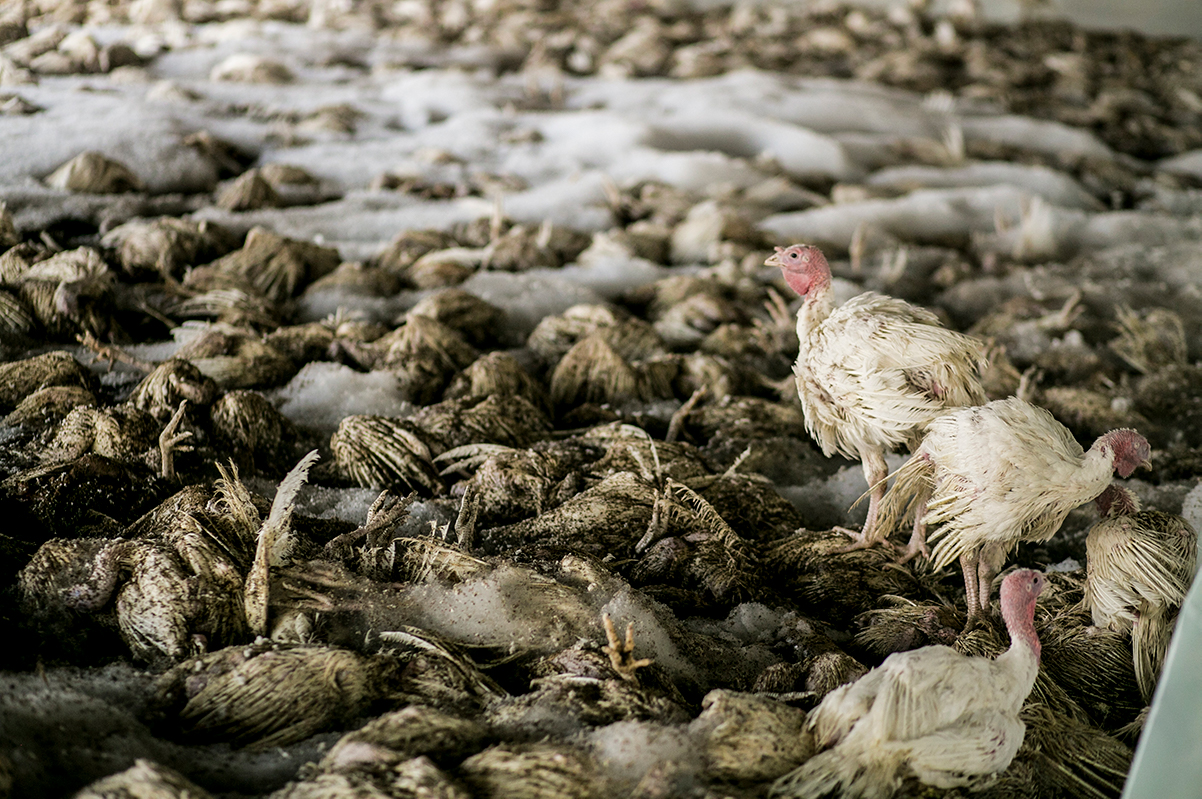Clinical Manifestations and Pathogenesis

When it comes to avian influenza, the party’s not so lit for birds and humans alike. Let’s break down the drama.
Clinical Signs in Birds
- Respiratory issues: birds coughing, sneezing, and having trouble breathing.
- Nervous system problems: tremors, seizures, and even death.
- Digestive woes: diarrhea, vomiting, and internal bleeding.
Clinical Signs in Humans
For us humans, it’s a different ball game:
- Flu-like symptoms: fever, chills, muscle aches, and sore throat.
- Respiratory issues: coughing, shortness of breath, and pneumonia.
- In severe cases: organ failure, shock, and even death.
Mechanisms of Disease
So, how does this virus cause such a ruckus? It’s all about attaching to cells in the respiratory and digestive tracts.
- Attachment: The virus uses a protein called hemagglutinin (HA) to bind to sialic acid receptors on host cells.
- Entry: Once attached, the virus enters the cells through endocytosis or membrane fusion.
- Replication: Inside the cells, the virus hijacks the cellular machinery to make copies of itself.
- Release: The new viruses bud from the cell membrane, ready to infect more cells.
Strains and Virulence, Avian influenza
Not all avian influenza strains are created equal. Some are highly pathogenic, causing severe disease and high mortality rates, while others are low pathogenic, leading to milder symptoms.
- H5N1: A highly pathogenic strain that has caused outbreaks in poultry and humans.
- H7N9: Another highly pathogenic strain that has caused severe disease in humans.
- H9N2: A low pathogenic strain that is common in poultry but can cause mild disease in humans.
Prevention and Control: Avian Influenza

Avian influenza is a serious threat to poultry and human health. Preventing and controlling outbreaks is essential to protect both. Here are some key recommendations:
Biosecurity Measures in Poultry Farming
- Implement strict biosecurity measures to prevent contact between poultry and wild birds.
- Use protective clothing and equipment when handling poultry.
- Regularly clean and disinfect poultry houses and equipment.
- Control access to poultry farms and quarantine new birds.
Vaccination
Vaccination can help reduce the risk of infection and the severity of outbreaks. Vaccines are available for both poultry and humans.
Managing Outbreaks
In the event of an outbreak, it is important to take immediate action to contain and control the spread of the virus. This may involve:
- Culling infected poultry to prevent further spread.
- Quarantining infected areas to prevent the movement of poultry and people.
- Implementing movement restrictions to prevent the spread of the virus to other areas.
Avian influenza is a serious disease that can affect birds and humans. It’s important to be aware of the symptoms of avian influenza and to take steps to protect yourself from infection. One way to do this is to avoid contact with sick birds or their droppings.
If you do come into contact with a sick bird, be sure to wash your hands thoroughly with soap and water. You can also protect yourself from avian influenza by getting vaccinated. While we’re on the topic of protection, did you know that Marcell Ozuna has hit 20 home runs this season?
That’s pretty impressive! Anyway, back to avian influenza. If you have any questions about avian influenza, be sure to talk to your doctor.
Guys, did you know about the avian influenza outbreak? It’s a serious thing, you know. Speaking of serious things, have you heard that the Argentina vs Colombia match has been delayed? Click here for more info. Anyway, back to the avian influenza, let’s all be careful and stay healthy.